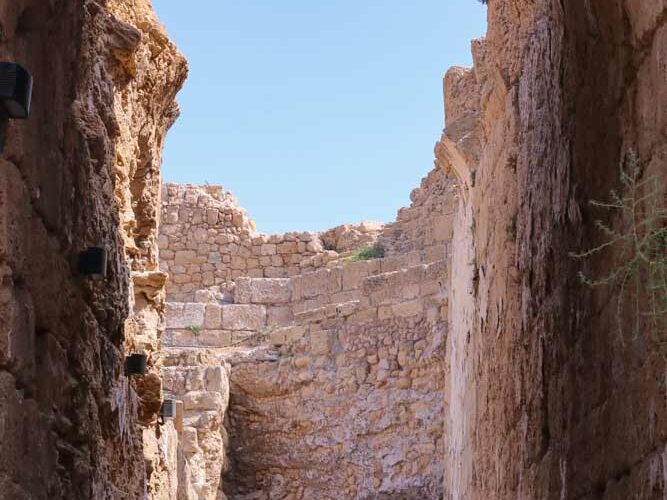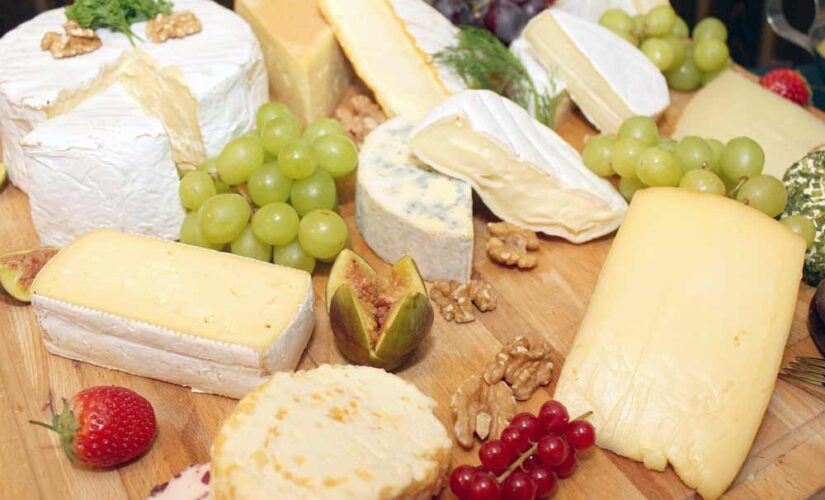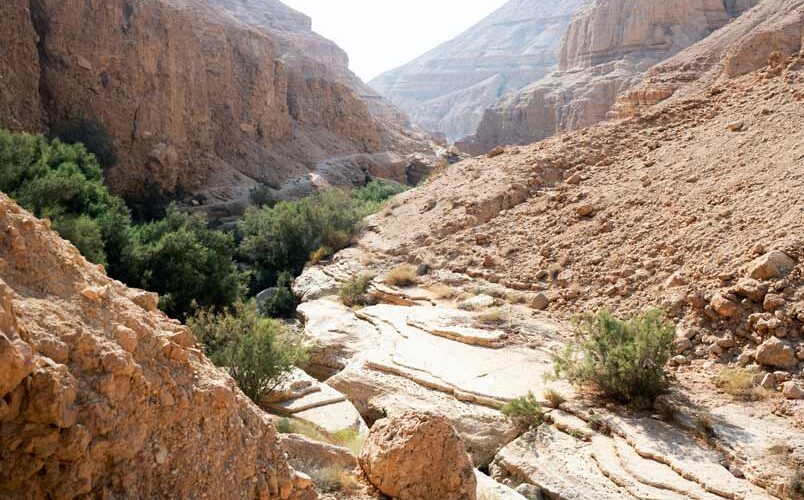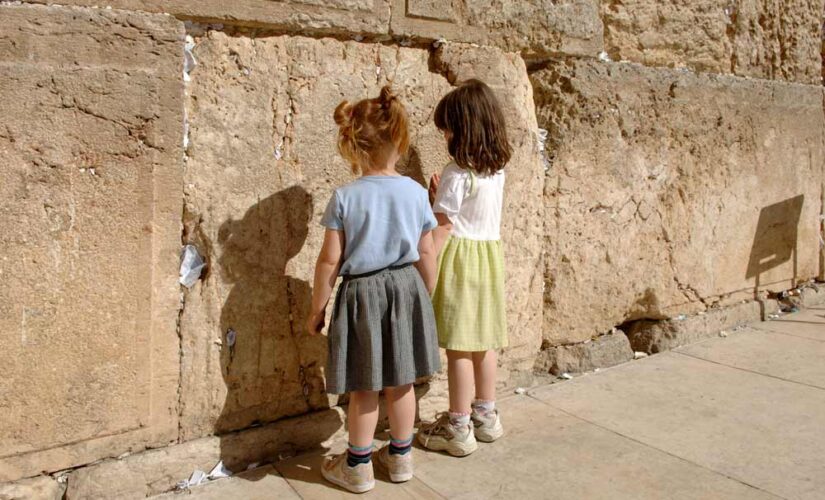#66 Use the Hebrew calendar
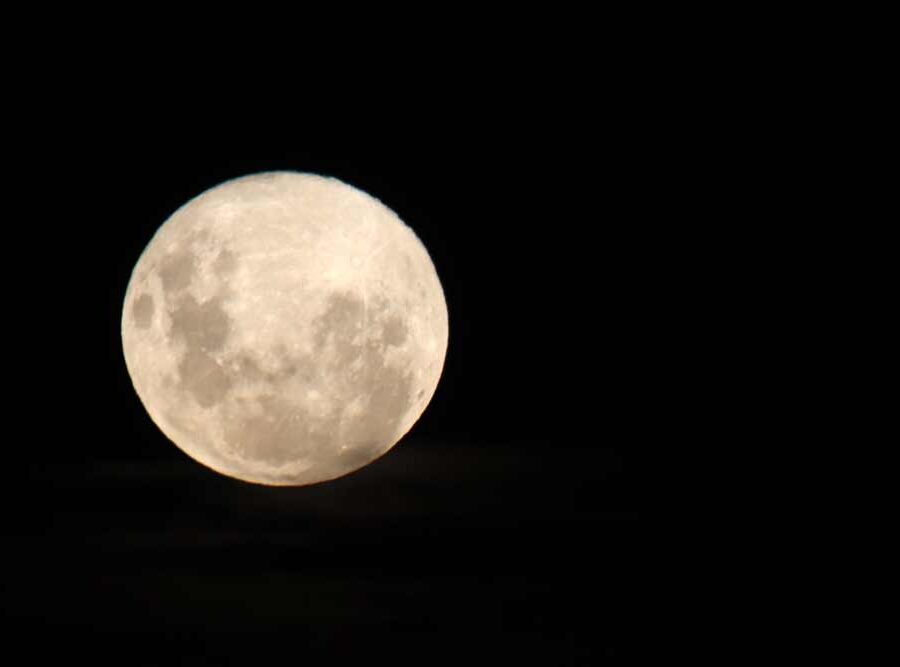
Israelis are very connected to the Hebrew calendar, not only because it appears on newspapers and all legal documents, but because many people are aware of when the months starts and the holidays connected to them.
Early Zionist pioneers were impressed by the fact that the calendar preserved by Jews over many centuries in far-flung diasporas, as a matter of religious ritual, was geared to the climate of their original country: the Jewish New Year marks the transition from the dry season to the rainy one, and major Jewish holidays such as Sukkot, Passover, and Shavuot correspond to major points of the country’s agricultural year such as planting and harvest.
Accordingly, in the early 20th century the Hebrew calendar was re-interpreted as an agricultural rather than religious calendar.
After the creation of the State of Israel, the Hebrew calendar became one of the official calendars of Israel, along with the Gregorian calendar. Holidays and commemorations not derived from previous Jewish tradition were to be fixed according to the Hebrew calendar date. For example, the Israeli Independence Day falls on 5 Iyar, Jerusalem Reunification Day on 28 Iyar, Yom HaAliyah on 10 Nisan, and the Holocaust Commemoration Day on 27 Nisan.
The Hebrew calendar is still widely acknowledged, appearing in public venues such as banks (where it is legal for use on checks and other documents), and on the mastheads of newspapers.
Wall calendars commonly used in Israel are hybrids. Most are organized according to Gregorian rather than Jewish months, but begin in September, when the Jewish New Year usually falls, and provide the Jewish date in small characters.
